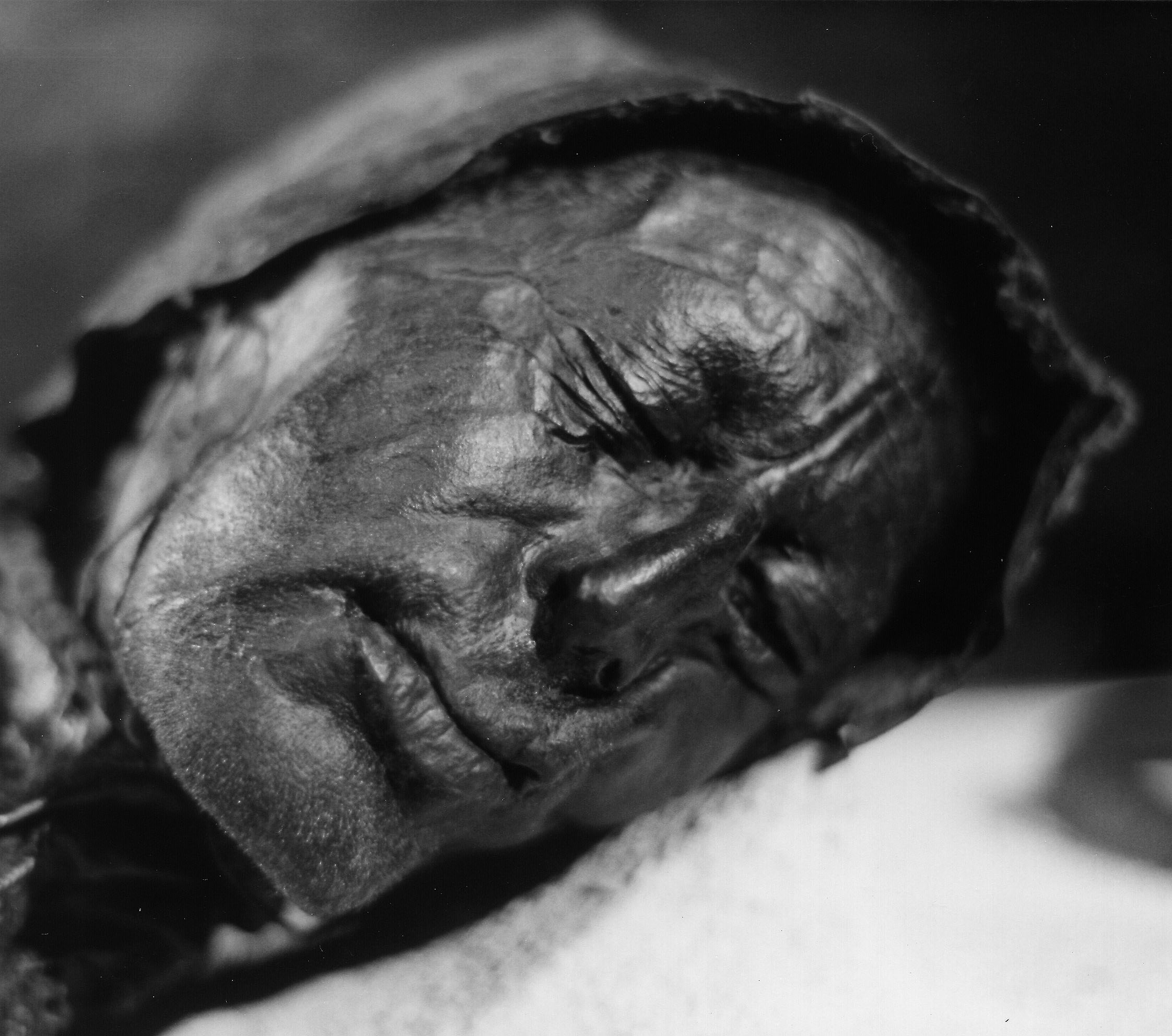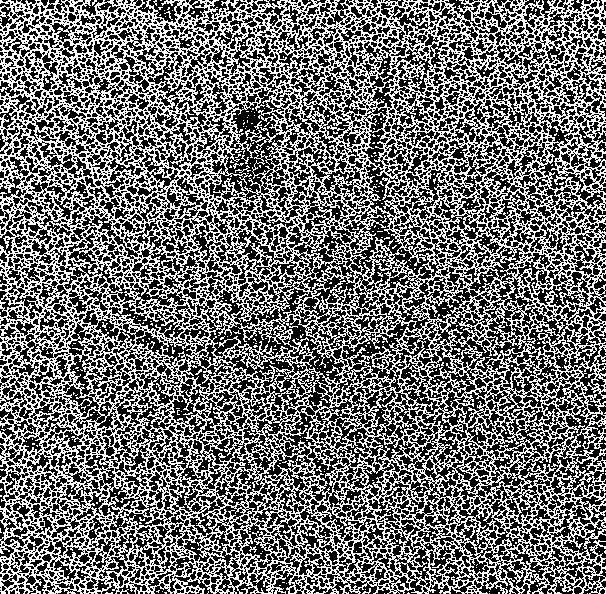|
Lev├żnluhta
Lev├żnluhta (; lit. "alga's floodmeadow") or Lev├żluhta is a spring and prominent archaeological site in the village of Orismala in Isokyr├Č, Finland. It was used as an Iron Age water graveyard from the 5th to the 8th centuries, containing remains of around 100 individuals. It's one of the oldest known burial sites in Finland with preserved human bones, as the waterlogged environment had contributed to an exceptionally good preservation of the remains. Ancient DNA of 13 individuals from Lev├żnluhta has been further studied, revealing that most of them had Siberian-derived genetic ancestry like all Fenno-Ugric peoples, with a slightly closer resemblance to Sami than Finnish people Finns or Finnish people ( fi, suomalaiset, ) are a Baltic Finnic ethnic group native to Finland. Finns are traditionally divided into smaller regional groups that span several countries adjacent to Finland, both those who are native to these ..., but the difference was not considerable.''Sanni ├ ... [...More Info...] [...Related Items...] OR: [Wikipedia] [Google] [Baidu] |
Flood-meadow
A flood-meadow (or floodmeadow) is an area of grassland or pasture beside a river, subject to seasonal flooding.Huhta, AriŌĆÉPekka, Rautio, Pasi (2014). Flood meadows in Finland - their development during the past century. ''Nordic Journal of Botany'' 32 (6): 858ŌĆō70 Flood-meadows are distinct from water-meadows in that the latter are artificially created and maintained, with flooding controlledEmma Rothero, Sophie Lake, David Gowing, eds. Floodplain Meadows ŌĆō Beauty and Utility: A Technical Handbook' (Floodplain Meadows Partnership; 2016) on a seasonal and even daily basis. Examples Austria: * Hohenau an der March Bosnia and Herzegovina: * List of karst polje in Bosnia and Herzegovina Estonia: * Emaj├Ąe flood-meadow * Kasari, Matsalu National Park Finland: * Mattholmsfladan, Pargas * Lev├żnluhta, Isokyr├Č Ireland: * Shannon Callows United Kingdom: * Angel & Greyhound Meadow, Oxford * Christchurch Meadows, Reading * Christ Church Meadow, Oxford * Mill Meadows, Hen ... [...More Info...] [...Related Items...] OR: [Wikipedia] [Google] [Baidu] |
Isokyr├Č
Isokyr├Č (; sv, Storkyro) is a municipality of Finland. It is located in the South Ostrobothnia region, from Vaasa. The municipality has a population of () and covers an area of of which is water. The population density is . In the name of the municipality, "''iso''" means big; "''kyr├Č''", on the other hand, is a Tavastian dialect and means a quarry, rocky or rugged terrain for hiding. The municipality is unilingually Finnish. According to Traficom, Isokyr├Č is the most motorized municipality in Finland with 718 cars per thousand inhabitants. Geography There are of cultivated fields. Isonkyr├Č's neighboring municipalities are Ilmajoki, Kauhava, Laihia, Sein├żjoki, Vaasa and V├Čr├ź. Localities: * Tuurala Notable people * Matti Haapoja (1845ŌĆō1895), serial killer * Kustaa Killinen (1849ŌĆō1922), schoolteacher, writer and politician * Matti Pohto (1817ŌĆō1857), bookbinder and book collector * Eino S. Repo (1919ŌĆō2002), journalist and politician * Ilmari Turja (1901Ō ... [...More Info...] [...Related Items...] OR: [Wikipedia] [Google] [Baidu] |
Bog Bodies
A bog body is a human cadaver that has been naturally mummified in a peat bog. Such bodies, sometimes known as bog people, are both geographically and chronologically widespread, having been dated to between and the Second World War. Fischer 1998. p. 237. The unifying factor of the bog bodies is that they have been found in peat and are partially preserved; however, the actual levels of preservation vary widely from perfectly preserved to mere skeletons. Van der Sanden 1996. p. 7. Unlike most ancient human remains, bog bodies often retain their skin and internal organs due to the unusual conditions of the surrounding area. Combined, highly acidic water, low temperature, and a lack of oxygen preserve but severely tan their skin. While the skin is well-preserved, the bones are generally not, due to the dissolution of the calcium phosphate of bone by the peat's acidity. The acidic conditions of these bogs allow for the preservation of materials such as skin, hair, nails, wool and l ... [...More Info...] [...Related Items...] OR: [Wikipedia] [Google] [Baidu] |
Algae
Algae (; singular alga ) is an informal term for a large and diverse group of photosynthetic eukaryotic organisms. It is a polyphyletic grouping that includes species from multiple distinct clades. Included organisms range from unicellular microalgae, such as ''Chlorella,'' ''Prototheca'' and the diatoms, to multicellular forms, such as the giant kelp, a large brown alga which may grow up to in length. Most are aquatic and autotrophic (they generate food internally) and lack many of the distinct cell and tissue types, such as stomata, xylem and phloem that are found in land plants. The largest and most complex marine algae are called seaweeds, while the most complex freshwater forms are the ''Charophyta'', a division of green algae which includes, for example, ''Spirogyra'' and stoneworts. No definition of algae is generally accepted. One definition is that algae "have chlorophyll ''a'' as their primary photosynthetic pigment and lack a sterile covering of cells around thei ... [...More Info...] [...Related Items...] OR: [Wikipedia] [Google] [Baidu] |
Finland
Finland ( fi, Suomi ; sv, Finland ), officially the Republic of Finland (; ), is a Nordic country in Northern Europe. It shares land borders with Sweden to the northwest, Norway to the north, and Russia to the east, with the Gulf of Bothnia to the west and the Gulf of Finland across Estonia to the south. Finland covers an area of with a population of 5.6 million. Helsinki is the capital and largest city, forming a larger metropolitan area with the neighbouring cities of Espoo, Kauniainen, and Vantaa. The vast majority of the population are ethnic Finns. Finnish, alongside Swedish, are the official languages. Swedish is the native language of 5.2% of the population. Finland's climate varies from humid continental in the south to the boreal in the north. The land cover is primarily a boreal forest biome, with more than 180,000 recorded lakes. Finland was first inhabited around 9000 BC after the Last Glacial Period. The Stone Age introduced several differ ... [...More Info...] [...Related Items...] OR: [Wikipedia] [Google] [Baidu] |
Iron Age
The Iron Age is the final epoch of the three-age division of the prehistory and protohistory of humanity. It was preceded by the Stone Age (Paleolithic, Mesolithic, Neolithic) and the Bronze Age (Chalcolithic). The concept has been mostly applied to Iron Age Europe and the Ancient Near East, but also, by analogy, to other parts of the Old World. The duration of the Iron Age varies depending on the region under consideration. It is defined by archaeological convention. The "Iron Age" begins locally when the production of iron or steel has advanced to the point where iron tools and weapons replace their bronze equivalents in common use. In the Ancient Near East, this transition took place in the wake of the Bronze Age collapse, in the 12th century BC. The technology soon spread throughout the Mediterranean Basin region and to South Asia (Iron Age in India) between the 12th and 11th century BC. Its further spread to Central Asia, Eastern Europe, and Central Europe is somewhat dela ... [...More Info...] [...Related Items...] OR: [Wikipedia] [Google] [Baidu] |
Waterlogging (archaeology)
In archaeology, waterlogging refers to the long-term exclusion of air by groundwater, which creates an anaerobic environment that can preserve artifacts perfectly. Such waterlogging preserves perishable artifacts. Thus, in a site which has been waterlogged since the archaeological horizon was deposited, exceptional insight may be obtained by study of artifacts made of leather, wood, textile or similar materials. 75-90% of the archaeological remains at wetland sites are found to be organic material. Tree rings found from logs that have been preserved allow archaeologists to accurately date sites. Wetland sites include all those found in lakes, swamps, marshes, fens, and peat bogs. Peat bogs, nearly all of which occur in northern latitudes, are some of the most important environments for wetland archaeology. Peat bogs have likewise preserved many wooden trackways, including the world's oldest road, which is a 6,000-year-old one-mile stretch of track. Bog bodies are the best-known ... [...More Info...] [...Related Items...] OR: [Wikipedia] [Google] [Baidu] |
Ancient DNA
Ancient DNA (aDNA) is DNA isolated from ancient specimens. Due to degradation processes (including cross-linking, deamination and fragmentation) ancient DNA is more degraded in comparison with contemporary genetic material. Even under the best preservation conditions, there is an upper boundary of 0.4ŌĆō1.5 million years for a sample to contain sufficient DNA for sequencing technologies. The oldest sample ever sequenced is estimated to be 1.65 million years old. Genetic material has been recovered from paleo/archaeological and historical skeletal material, mummified tissues, archival collections of non-frozen medical specimens, preserved plant remains, ice and from permafrost cores, marine and lake sediments and excavation dirt. On 7 December 2022, ''The New York Times'' reported that two-million year old genetic material was found in Greenland, and is currently considered the oldest DNA discovered so far. History of ancient DNA studies 1980s The first study of what would ... [...More Info...] [...Related Items...] OR: [Wikipedia] [Google] [Baidu] |
S├Īmi People
The S├Īmi ( ; also spelled Sami or Saami) are a Finno-Ugric languages#Speakers, Finno-Ugric-speaking people inhabiting the region of S├Īpmi (formerly known as Lapland), which today encompasses large northern parts of Norway, Sweden, Finland, and of the Murmansk Oblast, Russia, most of the Kola Peninsula in particular. The S├Īmi have historically been known in English as Lapps or Laplanders, but these terms are regarded as offensive by the S├Īmi, who prefer the area's name in their own languages, e.g. Northern S├Īmi . Their traditional languages are the S├Īmi languages, which are classified as a branch of the Uralic language family. Traditionally, the S├Īmi have pursued a variety of livelihoods, including coastal fishing, fur trapping, and Shepherd, sheep herding. Their best-known means of livelihood is semi-nomadic reindeer herding. about 10% of the S├Īmi were connected to reindeer herding, which provides them with meat, fur, and transportation; around 2,800 S├Īmi people were ... [...More Info...] [...Related Items...] OR: [Wikipedia] [Google] [Baidu] |
Finnish People
Finns or Finnish people ( fi, suomalaiset, ) are a Baltic Finnic ethnic group native to Finland. Finns are traditionally divided into smaller regional groups that span several countries adjacent to Finland, both those who are native to these countries as well as those who have resettled. Some of these may be classified as separate ethnic groups, rather than subgroups of Finns. These include the Kvens and Forest Finns in Norway, the Tornedalians in Sweden, and the Ingrian Finns in Russia. Finnish, the language spoken by Finns, is closely related to other Balto-Finnic languages, e.g. Estonian and Karelian. The Finnic languages are a subgroup of the larger Uralic family of languages, which also includes Hungarian. These languages are markedly different from most other languages spoken in Europe, which belong to the Indo-European family of languages. Native Finns can also be divided according to dialect into subgroups sometimes called ''heimo'' (lit. ''tribe''), although suc ... [...More Info...] [...Related Items...] OR: [Wikipedia] [Google] [Baidu] |




